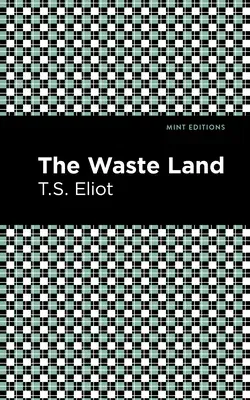The Waste Land (1922) is a poem by T.S. Eliot. After suffering a
nervous breakdown, Eliot took a leave of absence from his job at a
London bank to stay with his wife Vivienne at the coastal town of
Margate. He worked on the poem during these months before showing an
early draft to Ezra Pound, who helped edit the poem toward publication.
The Waste Land, dedicated to Pound, includes hundreds of quotations of
and allusions to such figures as Homer, Sophocles, Virgil, Ovid, Dante,
Saint Augustine, Chaucer, Baudelaire, and Whitman, to name only a few.
Divided into five sections--"The Burial of the Dead;" "A Game of Chess;"
"The Fire Sermon;" "Death by Water;" and "What the Thunder Said"--The
Waste Land is a complex poem that translates Eliot's fragile emotional
state and increasing dissatisfaction with married life into an
apocalyptic vision of postwar England. The poem begins with a meditation
on despair before moving to a polyphonic narration by figures on the
theme. The third section focuses on death and denial through the lens of
eastern and western religions, using Saint Augustine as a prominent
figure. Eliot then moves from a brief lyric poem to an apocalyptic
conclusion, declaring: "He who was living is now dead / We who were
living are now dying / With a little patience." Both personal and
universal, global in scope and intensely insular, The Waste Land
changed the course of literary history, inspiring countless poets and
establishing Eliot's reputation as one of the foremost artists of his
generation.
With a beautifully designed cover and professionally typeset manuscript,
this edition of T.S. Eliot's The Waste Land is a classic of English
literature reimagined for modern readers.


